
Previously the staff writer for physical sciences at Science News, Maria Temming is the assistant managing editor at Science News Explores. She has undergraduate degrees in physics and English from Elon University and a master's degree in science writing from MIT. She has written for Scientific American, Sky & Telescope and NOVA Next. She’s also a former Science News intern.

Trustworthy journalism comes at a price.
Scientists and journalists share a core belief in questioning, observing and verifying to reach the truth. Science News reports on crucial research and discovery across science disciplines. We need your financial support to make it happen – every contribution makes a difference.
All Stories by Maria Temming
-
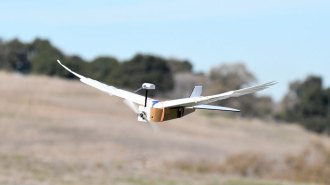 Life
Life‘PigeonBot’ is the first robot that can bend its wings like a real bird
Insights into the joint movements and feather surface structures that help birds control their wing shape could help robotic flyers move more deftly.
-
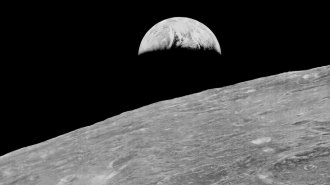 Space
SpaceThe sterile moon may still hold hints of how life began on Earth
50 years ago, scientists found no signs of life on the moon. Today, lunar mission regulations may be relaxed in light of that fact.
-
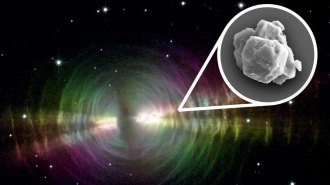 Space
SpaceThis ancient stardust is the oldest ever to be examined in a lab
Tiny grains of stardust that formed long before our solar system are giving new insight into star formation in the Milky Way.
-
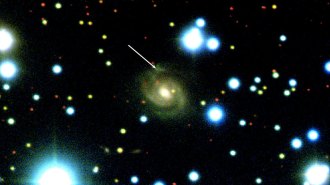 Space
SpaceThe home galaxy of a second repeating fast radio burst is a puzzle
The second galaxy known to host brief, brilliant flashes of radio waves known as a recurrent fast radio burst looks nothing like the first.
-
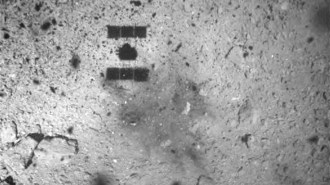 Space
SpaceHow 2019’s space missions explored distant worlds
Planets and asteroids and Arrokoth, oh my. Space probes had a busy year.
-
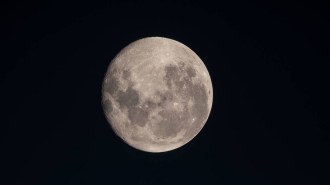 Space
SpaceChina stuck its moon landing this year. Others weren’t as lucky
Fifty years after Apollo 11 landed on the moon, Earth’s sidekick is getting renewed attention from space agencies around the world.
-
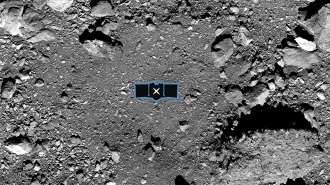 Space
SpaceNASA’s OSIRIS-REx must avoid ‘Mount Doom’ to return a sample of the asteroid Bennu
The OSIRIS-REx spacecraft finally has a target spot for sample collection, called Nightingale, on the asteroid Bennu.
-
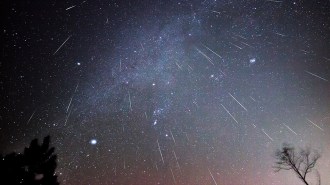 Space
SpaceNASA’s Parker probe has spotted the Geminid meteor showers’ source
For the first time, we’ve spotted the trail of space debris responsible for the Geminid meteor shower.
-
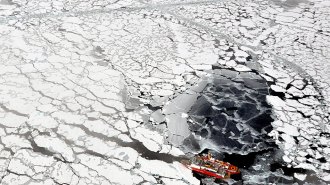 Climate
ClimateHow the Arctic’s poor health affects everyday life
A new NOAA report features testimony from indigenous communities in Alaska who are weathering the impacts of Arctic warming.
-
 Humans
Humans50 years ago, income inequality was severe in the U.S. It still is
In 1969, lower-income households tended to be nonwhite and in the U.S. South. That still holds true today.
-
 Earth
EarthClimate-warming CO₂ emissions will hit a record high in 2019
Despite countries adopting renewable power sources and coal use falling slightly, oil and gas use are pushing global carbon dioxide emissions to record heights.
-
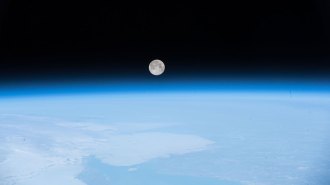 Space
SpaceHow brightly the moon glows is a mystery, but maybe not for long
The best estimates for the moon’s brightness are still somewhat unsure. A new experiment is trying to fix that.